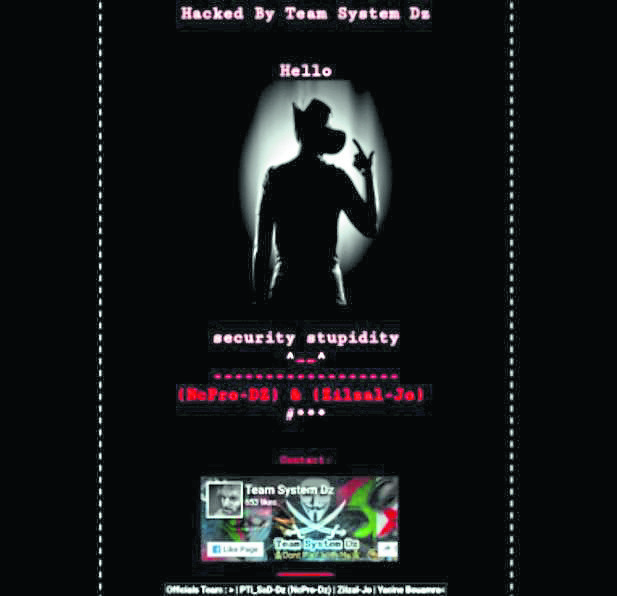More than 40 million attempts to break into Aberdeen council’s computer systems have been fought off in the past year – but a dozen made it through the net.
A new report to the council’s audit committee reveals there had been a staggering number of “external cyber incident attempts” in the 12 months to June.
The 40,790,746 efforts made to circumvent security equates to more than 111,000 attempts a day to access potentially sensitive information and compromise council systems.
That is vastly in excess of the 18,089,194 attempts made in the year to June 2017.
The figures were last night described as “concerning” by the committee’s convener Stephen Flynn and “mind-boggling” by Aberdeen South MP Ross Thomson, who said they illustrated how vigilant public bodies must be.
Of the 40,7 million incidents recorded, almost one quarter were attempts to access or take over parts of council computer systems, while about 75% were phishing attempts, often classed as “spam”.
Twelve separate attempts were successful – with ten being “phishing” attempts through which scammers attempt to gain sensitive information by pretending to be legitimate.
Hundreds of firms across the region are having to improve cyber security in light of new digital threats that can originate anywhere in the world.
Last June, more than £60,000 was pledged by Aberdeen City Council chiefs to replace and upgrade council computer systems, while part of the controversial restructuring of the council involves moving more services online in an attempt to save £125 million in five years.
It is understood staff at the local authority have been offered additional training to reduce the risk of further threat.
In January last year, the hacking group Team System DZ successfully breached security on the Aberdeen City Council site in an incident lasting two hours.
They posted a cryptic page, which took over the entire website, and displayed the silhouette of a man in a cowboy hat above the message “security stupidity”.
It later emerged the incident was a bizarre protest directed at Donald Trump.
Aberdeen City Council audit committee convener and SNP opposition group leader Stephen Flynn said: “The significant rise in the number of external cyber incidents is definitely a cause for concern, particularly at a time when the council appears to be attempting to embrace a digital future.”
Aberdeen South MP Ross Thomson added: “The volume of cyber-attacks targeting Aberdeen City Council is mind-boggling.
>> Keep up to date with the latest news with The P&J newsletter
“It is concerning to hear that there has been such as surge in hacking attempts in the past year.
“Clearly the council’s systems are proving robust, but this just shows how vigilant public bodies have to be in the digital age.”
An Aberdeen City Council spokesman: “Our IT service constantly strives to ensure that we have effective measures in place to help prevent any external attacks from infiltrating and damaging Aberdeen City Council’s systems and is constantly vigilant given the global rise in all types of threats.
“Aberdeen City Council experienced a 900% increase in spam in September and October likely attributable to a large dump of 711 million email addresses into the public domain from Online Spambot on 28 August. There was a global increase at that time, while there was a 500% increase in a particular intrusion threat in the month of June.”











